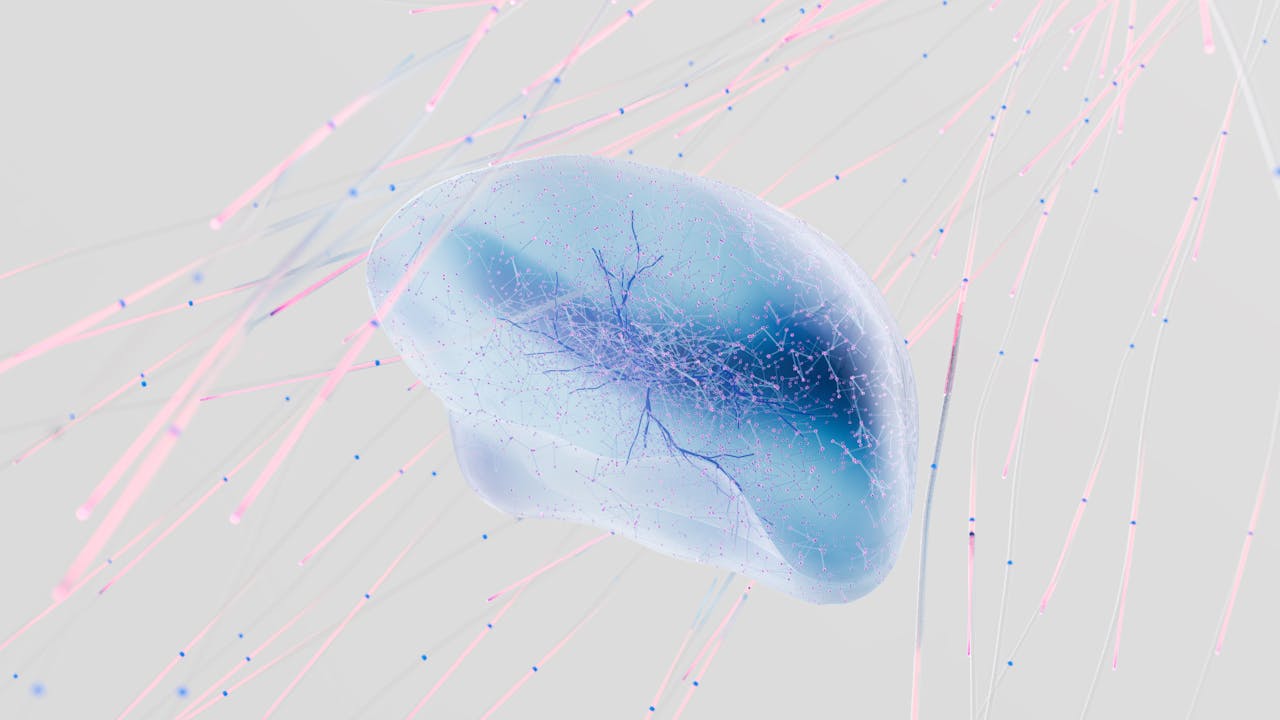News
Spider Web DNA Used To Identify A Spider And Its Prey
Scientists collected samples from the webs of black widow spiders that had been fed with crickets. The researchers from the University of Notre Dame found the species of the spider and its prey with the help of DNA analysis.
This non-invasive sampling, a technique to obtain genetic information, may imply a number of practical implications for diverse fields of research, including conservation and pest management.
Charles Cong Yang Xu, who mooted unmasking spider DNA, after examining the "environmental DNA of fish" in his previous lab, found the unusual non-invasive source of spider and insect DNA.
His team of scientists extracted DNA from spider webs, and then amplified and sequenced the mitochondrial DNA from the webs, locating the species as well as its prey.
Even with the absence of living organisms on the web, according to Xu and his team, the spider and prey DNA was still in a "detectable form" for at least 88 days.
"Sticky spider webs may serve as a natural DNA sampling device for DNA from the spider and from what it's been eating," he said in a press release.
Such noninvasive genetic sampling promises to enable scientists biomonitor but without disturbing target organisms, while it can move on to applications in diverse biology fields.
"Sticky spider webs are natural DNA samplers, trapping nearby insects and other things blowing in the wind," continued Xu. "We see potential for broad environmental monitoring because spiders build webs in so many places."
The findings were published in Nov.25,2015 issue of PLOS One.









Join the Conversation